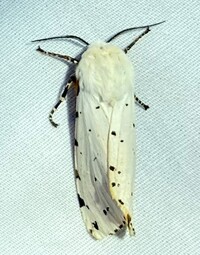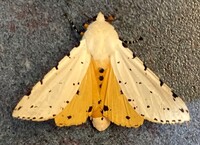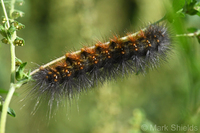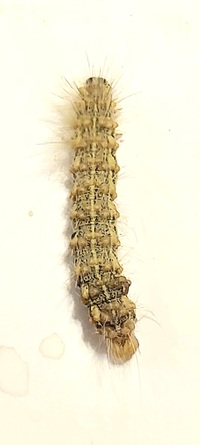
| Recorded by: Mark Basinger and Donald Zepp on 2025-09-19
Richmond Co.
Comment: | 
| Recorded by: Mark Basinger and Donald Zepp on 2025-09-19
Richmond Co.
Comment: |

| Recorded by: Mark Basinger on 2025-09-17
Wilson Co.
Comment: | 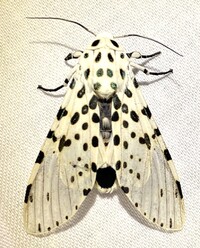
| Recorded by: Dean Furbish on 2025-08-26
Wake Co.
Comment: |
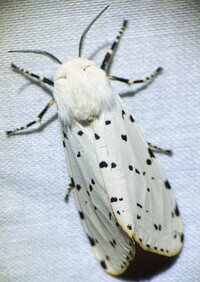
| Recorded by: Dean Furbish on 2025-08-25
Wake Co.
Comment: | 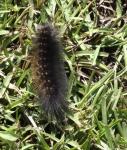
| Recorded by: K. Sanford on 2025-08-20
Bertie Co.
Comment: |
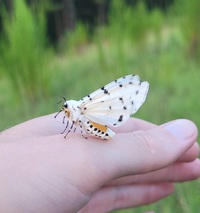
| Recorded by: Andrew W. Jones on 2025-08-18
Polk Co.
Comment: | 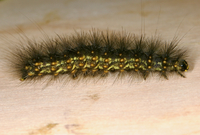
| Recorded by: Jim Petranka, Becky Elkin and Marilyn Westphal. on 2025-08-09
Henderson Co.
Comment: |

| Recorded by: Jim Petranka, Mark Basinger and Becky Elkin, David George on 2025-06-29
Richmond Co.
Comment: | 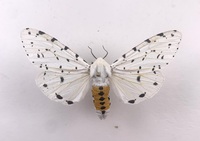
| Recorded by: R. Teper on 2025-05-22
Orange Co.
Comment: |
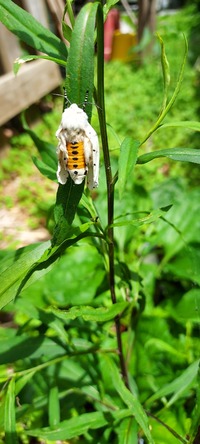
| Recorded by: Charlotte Vetter on 2025-05-18
Randolph Co.
Comment: | 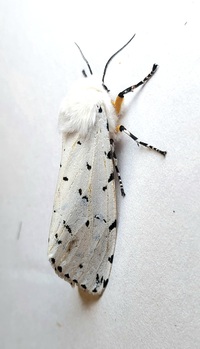
| Recorded by: Mark Basinger on 2025-03-23
Brunswick Co.
Comment: |
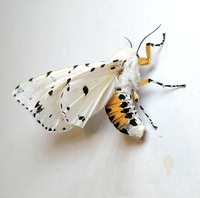
| Recorded by: Mark Basinger on 2025-03-23
Brunswick Co.
Comment: | 
| Recorded by: Mark Basinger on 2024-09-09
Wayne Co.
Comment: |

| Recorded by: Mark Basinger on 2024-09-09
Wayne Co.
Comment: | 
| Recorded by: R. Newman on 2024-07-07
Carteret Co.
Comment: |
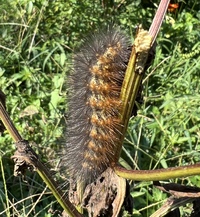
| Recorded by: Stephen Dunn on 2023-09-04
Orange Co.
Comment: | 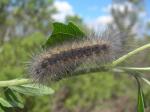
| Recorded by: R. Newman on 2023-09-02
Carteret Co.
Comment: |
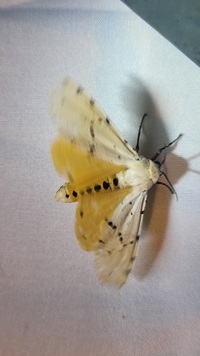
| Recorded by: Andrew W. Jones on 2023-07-25
Polk Co.
Comment: | 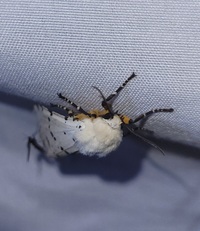
| Recorded by: Andrew W. Jones on 2023-07-25
Polk Co.
Comment: |
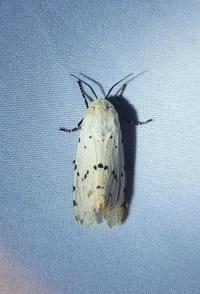
| Recorded by: Andrew W. Jones on 2023-07-25
Polk Co.
Comment: | 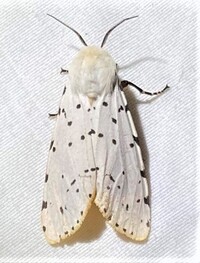
| Recorded by: Dean Furbish on 2023-07-11
Wake Co.
Comment: |
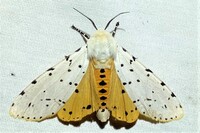
| Recorded by: Dean Furbish on 2023-07-11
Wake Co.
Comment: | 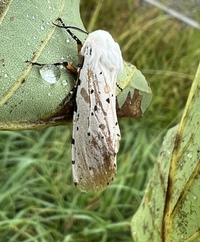
| Recorded by: Stephen Dunn on 2023-06-22
Orange Co.
Comment: |
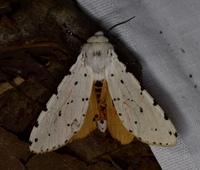
| Recorded by: David George, Stephen Dunn, Jeff Niznik on 2023-06-03
Orange Co.
Comment: | 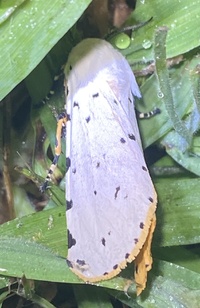
| Recorded by: David George, L. M. Carlson on 2022-07-26
Greene Co.
Comment: |
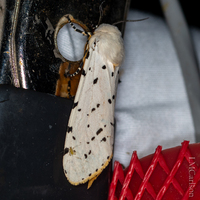
| Recorded by: David George, L. M. Carlson on 2022-07-18
Chowan Co.
Comment: | 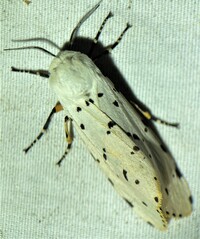
| Recorded by: Dean Furbish on 2022-06-28
Wake Co.
Comment: |

| Recorded by: Dean Furbish and Joy Wiggins on 2022-04-12
Wake Co.
Comment: | 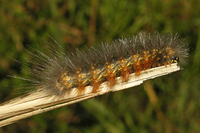
| Recorded by: Owen McConnell & Pat McConnell on 2021-09-25
Durham Co.
Comment: |
|

 »
»